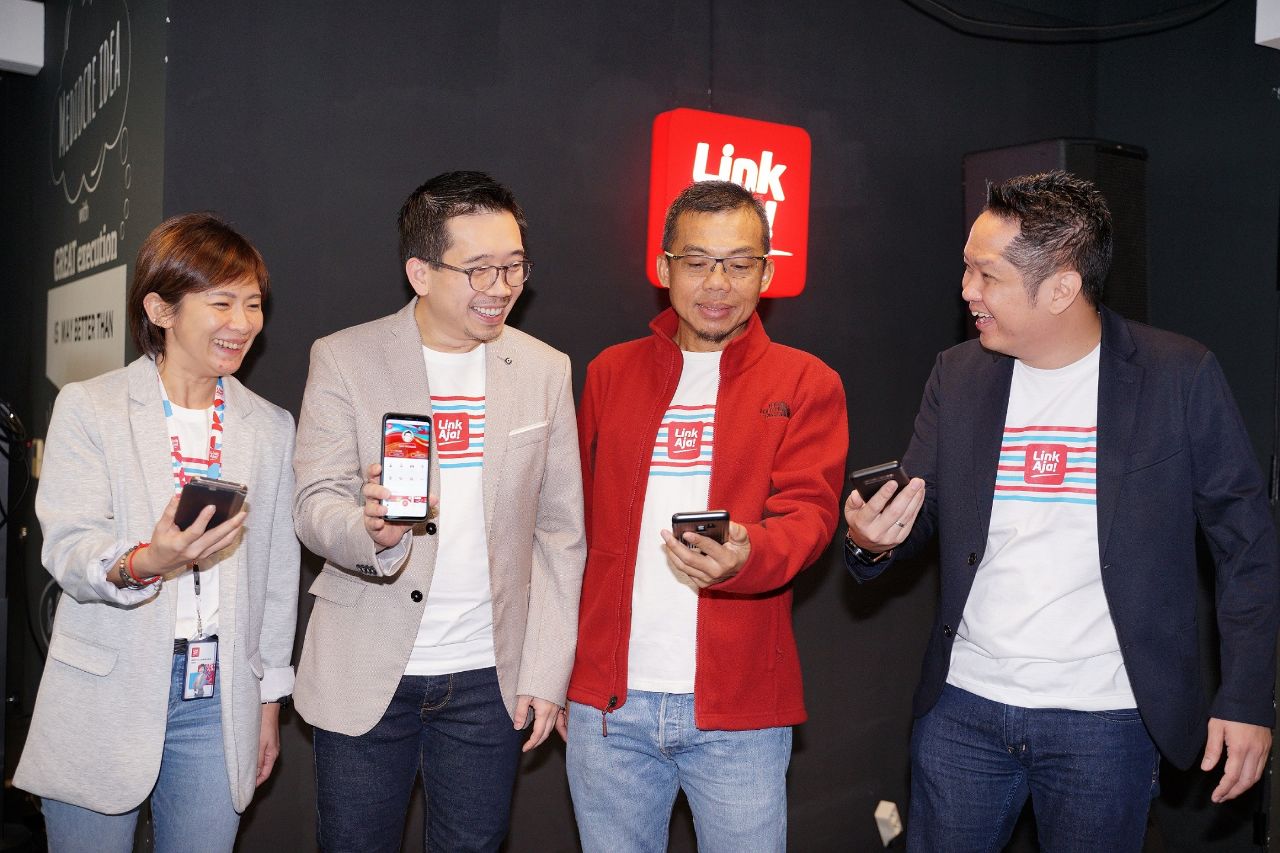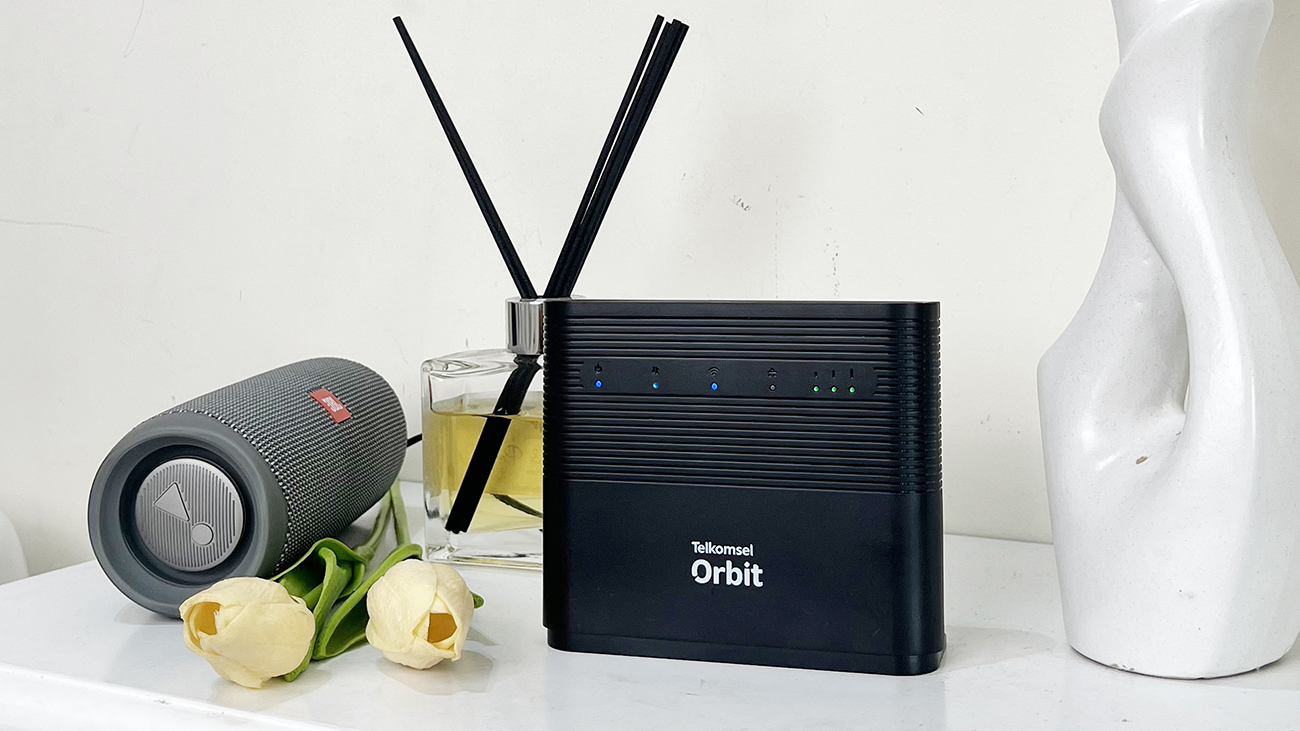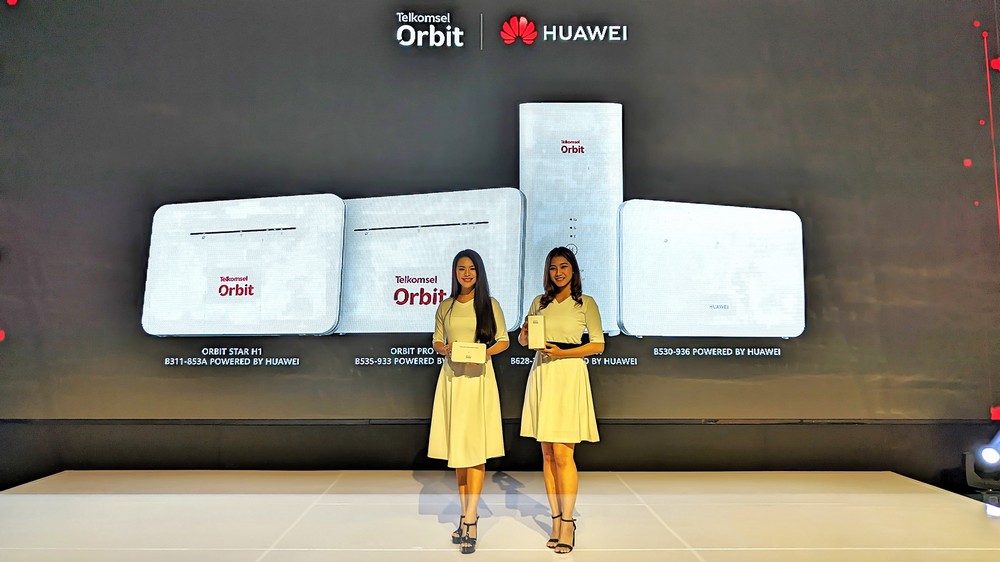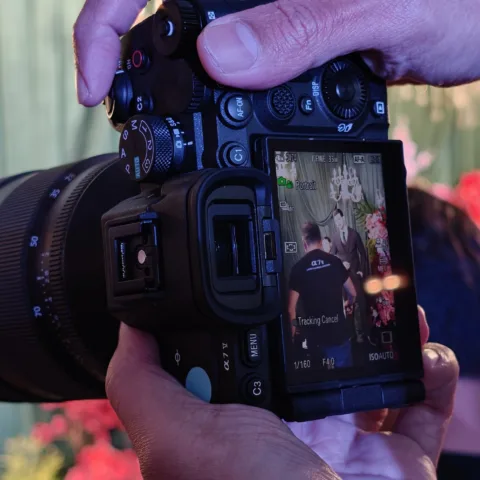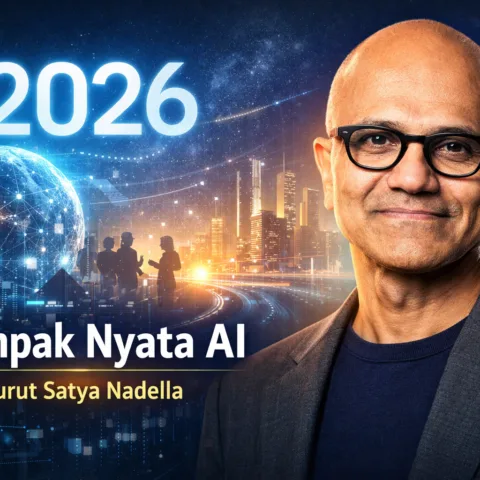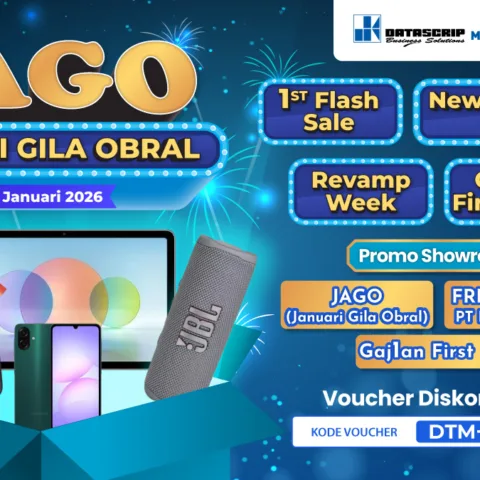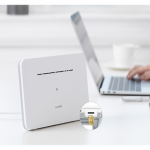LinkAja is officially launched per last week. It’s a collaboration of the red-plate companies amidst the tight competition of e-commerce dominated by Go-Pay of Gojek and Lippo Group’s Ovo.
After the migration of all e-money users of Himbara (State-owned Banks Association) and Tcash, LinkAja has now acquired 23 million users. They set for an additional 17 million new users to reach 40 million by the end of this year.
LinkAja run its operation under PT Fintek Karya Nusantara or Finarya, also the collaboration of four state-owned banks (Mandiri, BNI, BRI, and BTN), Telkomsel, Pertamina, Jasa Marga, and Jiwasraya.
Lots of issues to realize by the mid-year of 2019, particularly on the company’s main focus to develop public-based services.
What is the strategy? How the metamorphosis into LinkAja happened?
Acceleration using daily use case
In an interview with DailySocial, LinkAja’s CEO Danu Wicaksana is against the idea that LinkAja was built to interfere with Go-Pay and Ovo domination.
“LinkAja has come up as complimentary after the current market. We didn’t mean to make the same offering like more promo. We want to produce something different,” Wicaksana said.
In the Fintech Report 2018 published by DailySocial with OJK (Financial Service Authority) stated from 1,419 respondents, 79.4% are using Go-Pay. While the other 58.4% are using Ovo, and 55.5% are using Tcash.
Go-Pay and Ovo are the two biggest competitors for having a greater ecosystem. In addition, both already had collaborations with many offline and online merchants with various cashback, for accommodation, food, and lifestyle.
He said LinkAja has set the main focus on basic services instead of selling many promos on lifestyle. It also supported by State-owned enterprise ecosystem, such as banking networks and its ATM services.
The team is still integrating LinkAja to be available in other state-owned banks. They currently handle eight product categories, data plan, bill payment, transportation, retail merchants, e-commerce, donation, remittance, and insurance. LinkAja is now available at 180 payment points and 150 thousand merchants.
“We just digitized middle to upper segment, not the basic services. It’s like a toll road, we’re now tapping, but still, have to go to the ATM for a top-up. We want it to be fully digitized,” he added.
Transportation trial and remittance
Wicaksana mentioned some features are available since the shifting from Tcash to LinkAja. The rest are getting into trial or pilot.
Remittance is one example. Currently, LinkAja has partnered up with Singtel as the local partner for money transfer from Indonesia’s Migrant Workers. He said to coordinate with Bank Indonesia (BI) and Singapore’s official authority for license.
In addition, he also explored remittance in three other countries, Malaysia, Hong Kong, and Taiwan. In terms of Singapore’s merchant transaction in Singapore, LinkAja partners with switching global VIA that also leads thousands of merchants.
“In terms of merchant transaction, we’re targeting Thailand and Saudi Arabia. Particularly for Saudi Arabia, we explore partnerships with a different switching party,” he added.
In the transportation category, the company has piloted in the train station’s gate. They’re to be introduced as customer presented mode (CPM) where’s no need for customers to scan a QR Code at the gate.
They only required to shake the phone and the QR Code will pop up. The service is currently made commercial in Palembang LRT for Asian Games 2018. When the license issued, the model is to be implemented in LRT, MRT, and Commuter Line by the end of 2019.
RFID stickers are to be available in some toll gate. The trials are just for 20 selected gates. For starter, LinkAja is to add 200 gates by the end of this year.
“Toll gates are an old issue. On the way of the digital transformation using QR Code and RFID, it requires to upgrade. We’re doing it. While the CPM model for trains is being verified by Bank Indonesia. The realization’s going to take time due to infrastructure upgrade and testing,” he explained.
Wicaksana also mentioned another use case on development, a transaction feature in 5,000 Pertamina gas stations in this year. Furthermore, LinkAja will automatically become the e-wallet source without having to top-up through Himbara.
There are other features named Agent App and Mini App to be launched in the Q4 this year. Both are going to be a different app with a different function.
Agent App was designed for merchants or stalls to monitor real-time finance and sales. While Mini App was developed facilitate B2B partners for service placement in LinkAja.
Tcash transformation to LinkAja
In addition to product development, LinkAja has internally prepared to adapt to the dynamic industry. They will increase resources in 2020 and build R&D for Yogya’s team.
In terms of organization, LinkAja’s team are pure professionals from external state-owned enterprise. Wicaksana made sure the shareholders aren’t investing only on LinkAja circle.
He also said all Tcash members are appointed to run LinkAja at the beginning based on evaluation and decision made by shareholders. To date, LinkAja has hired 200 employees, including 80 new talents from various industry background, such as technology, banking, and FMCG.
“LinkAja must be different from any other state-owned enterprises for there will be no representative of shareholders. With the great vision and mission, we hire professionals outside BUMN,” Wicaksana said as the former CEO of Tcash.
He thought LinkAja was initiated by Rini Soemarno. It was followed by a long discussion among Himbara and Telkomsel where Tcash is selected to be the “embrio” to unify all e-money services to one platform.
How to converse Tcash platform in order to migrate users and features from all e-money?
“Talking about payment, there must be a core platform. Himbara banks decided Tcash as the most scalable. Therefore, LinkAja is using Tcash as the core from the beginning, but we’re improving. Himbara has a different feature for each e-money, we tried to combine it,” he said.
He also said the company is still developing LinkAja’s UI/UX to show up all features as the shareholder’s demand.
–
Original article is in Indonesian, translated by Kristin Siagian

